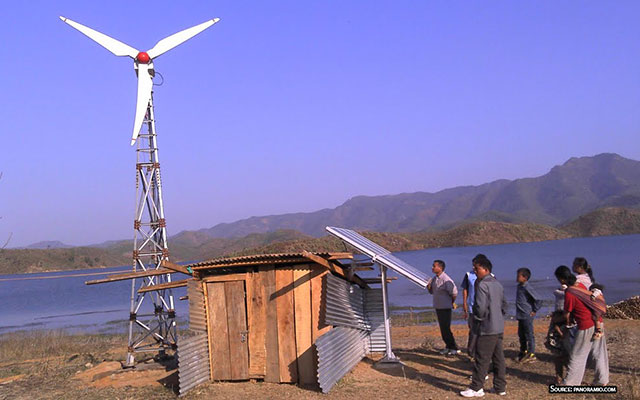Large developers in the renewable energy sector will fight aggressively in the various auctions scheduled in 2022, according to a new report by the Institute for Energy Economics and Financial Analysis (IEEFA).
Read the report: Renewable Energy Assets in India: A Project Finance Perspective
Falling costs of solar modules, which in turn brought down tariffs, fuelled the growth of renewable energy sector in India. However, turmoil in global supply chains caused by the COVID-19 pandemic and the Russia-Ukraine war have pushed up costs. Renewable energy developers face higher financing costs as surging inflation has forced central banks to tighten monetary policy, pushing up interest rates.
“Central and state nodal agencies should proceed with their pipeline of renewable energy auctions, given that interest from the large companies in the sector should continue, even in these unprecedented times,” says co-author and IEEFA guest contributor Ankur Saboo, an infrastructure finance specialist.
Large renewable energy developers can lean on bond markets to refinance debt at lower rates and take advantage of a non-amortisation period on debt repayments. This leads to the front loading of equity returns.
Further, margins on in-house engineering, procurement and construction (EPC) provide a kicker to returns.
The sale of stakes in operational projects to strategic investors such as global oil & gas majors and financial investors like infrastructure investment trusts (InvITs) is another avenue developers have used to increase returns.
The selling of carbon credits to developed economies is increasingly considered a viable source of additional income for developers, further enhancing their returns.
The report analyses how these measures can help a solar power project and a hybrid wind-solar power project enhance their equity returns. Refinancing at a 100 basis point lower rate of interest can help add 2 percent to a hybrid wind-solar power project’s equity internal rate of return (IRR).
Further, bond market refinancing, which has a non-amortising period of five years, can help add another 2 percent to the equity IRR, in-house EPC can add up to 6 percent, and selling operational assets can add 4 percent.
Revenues from carbon credit trading can add 3 percent to the equity IRR taking the total upside potential to 17 percent, over and above the baseline returns.

